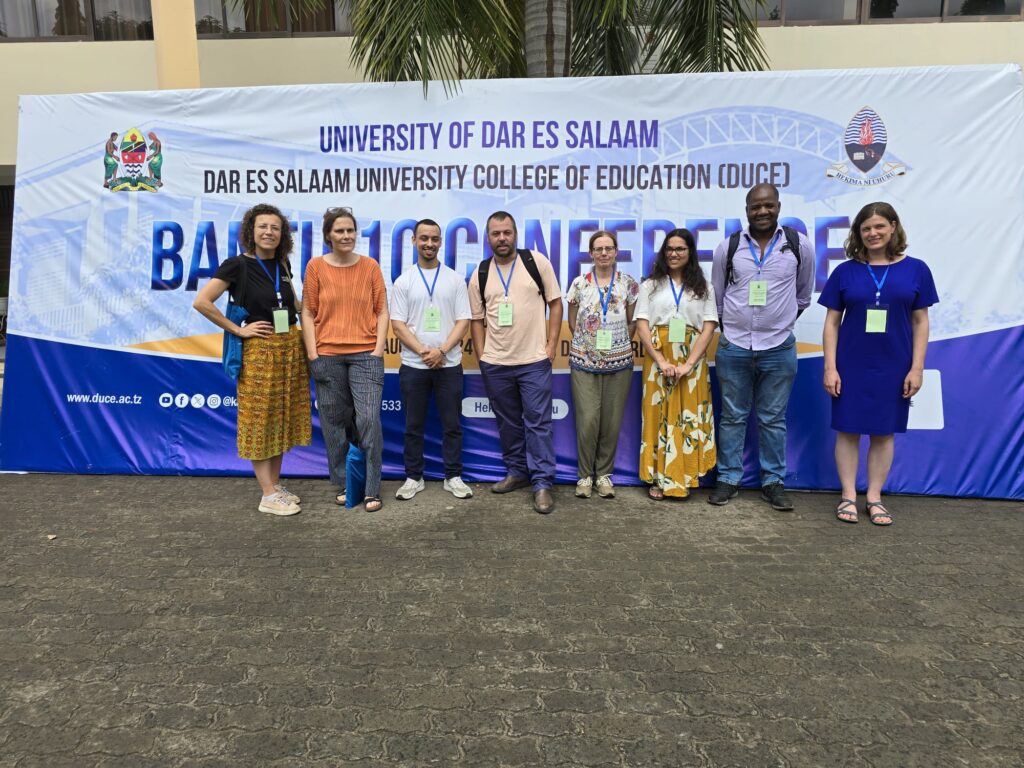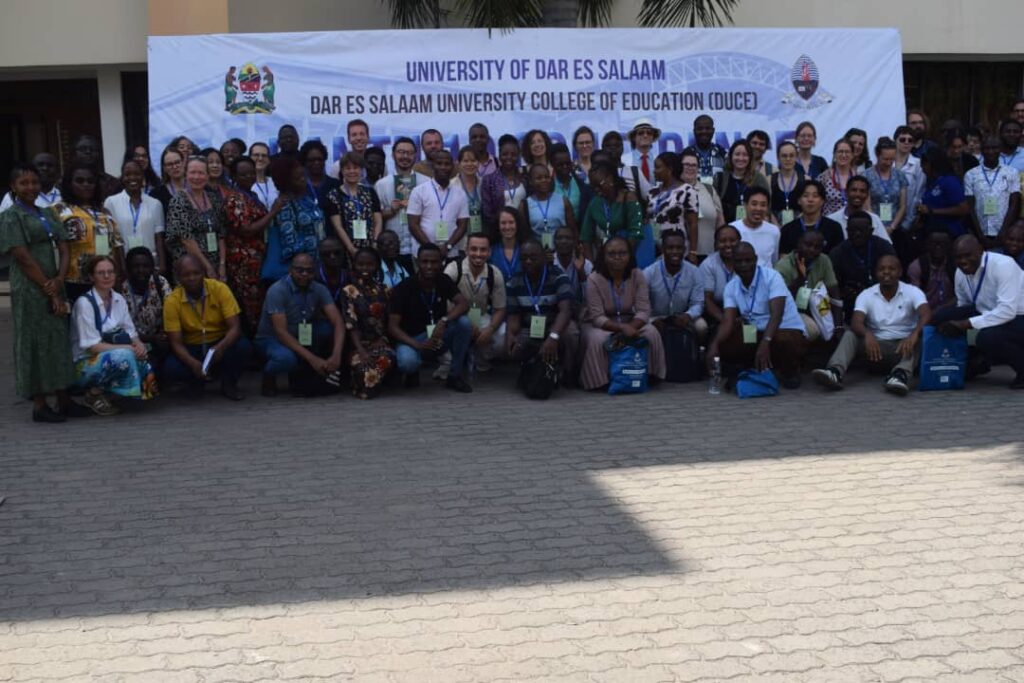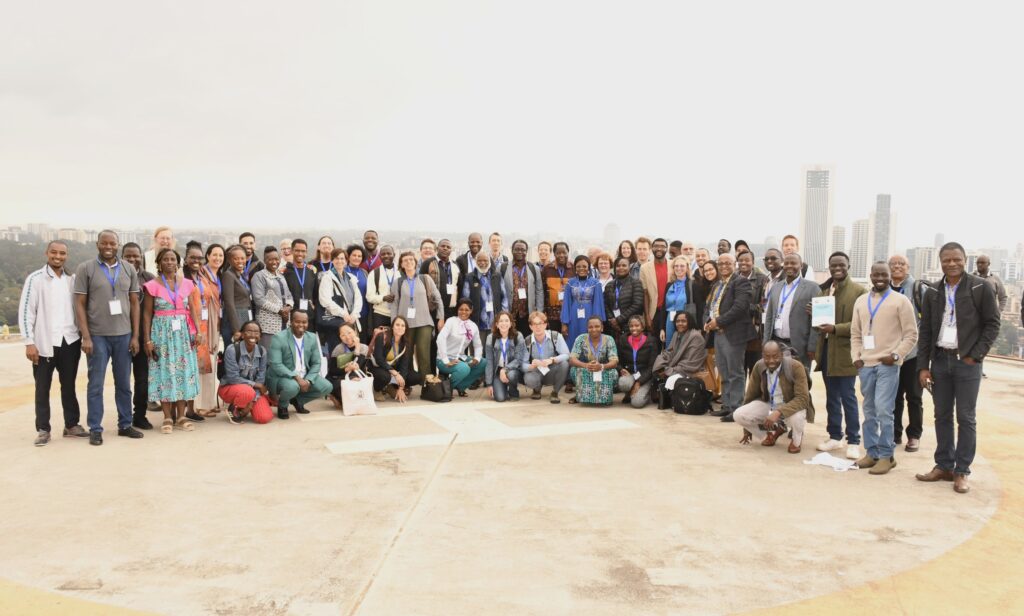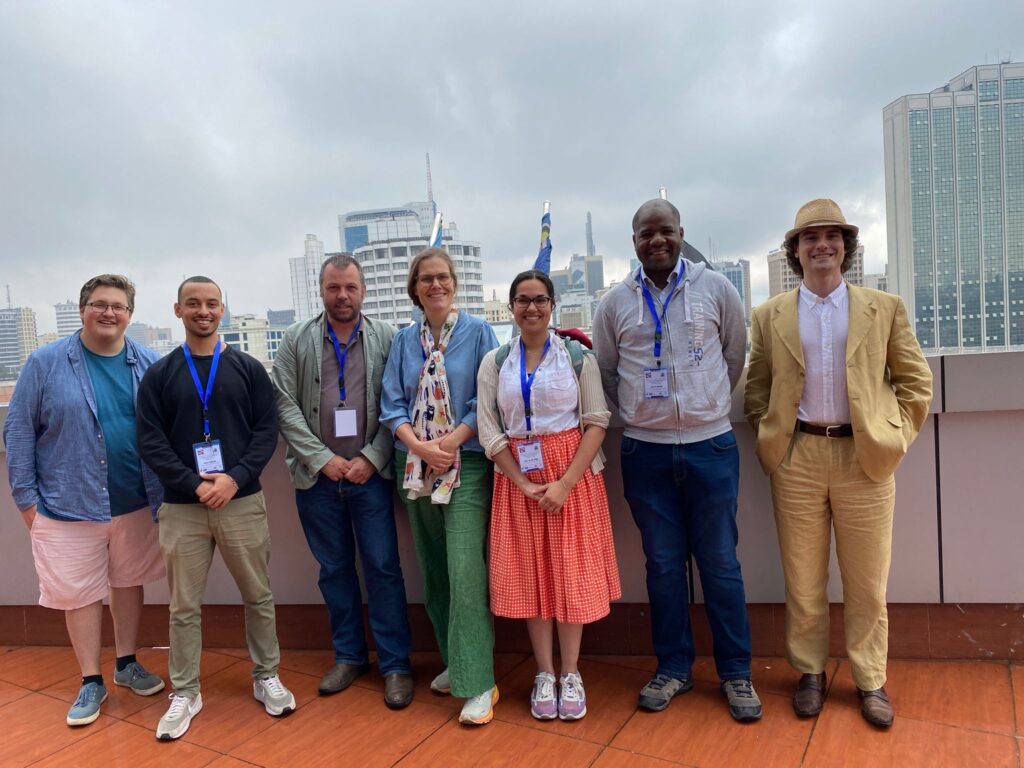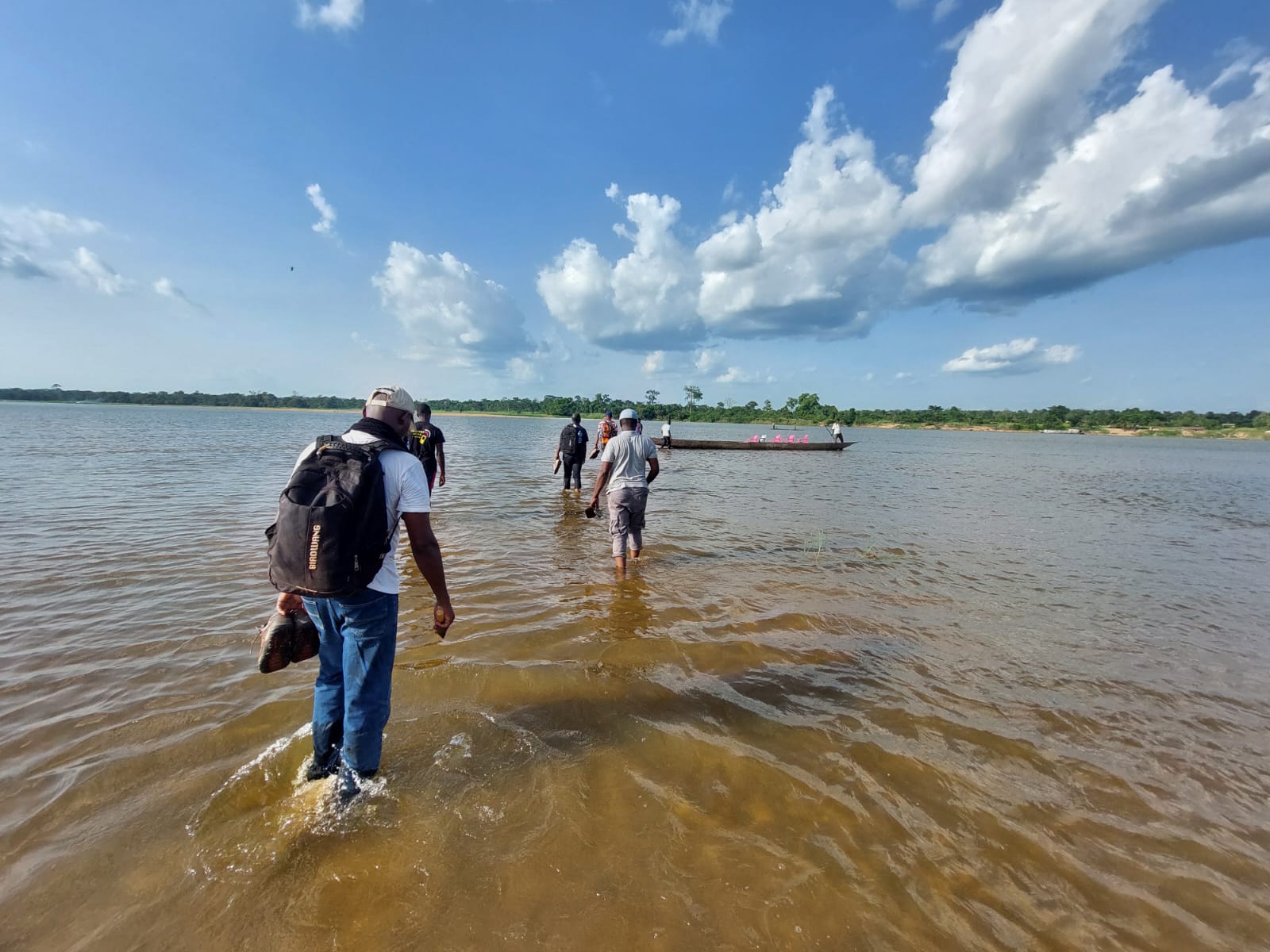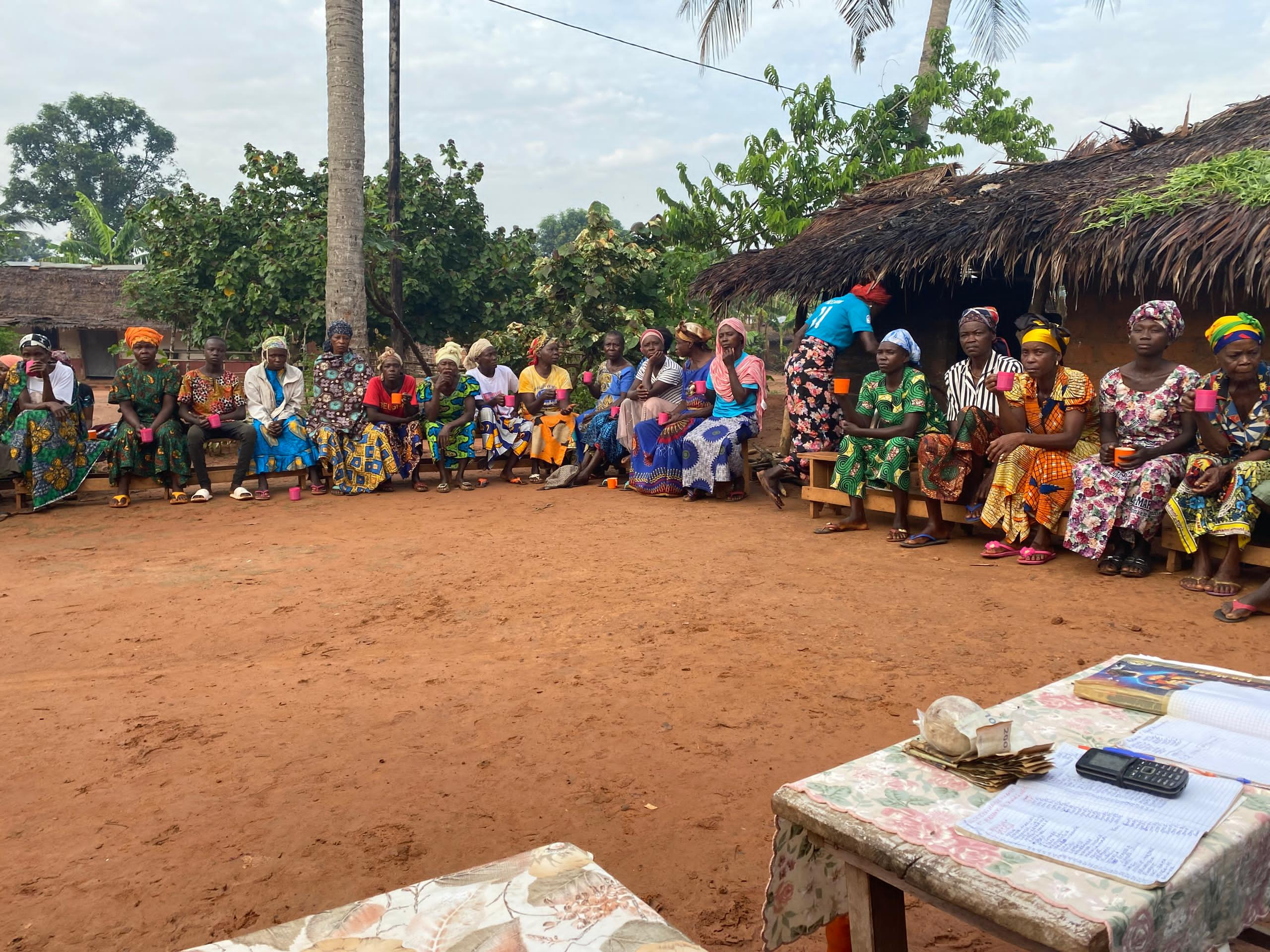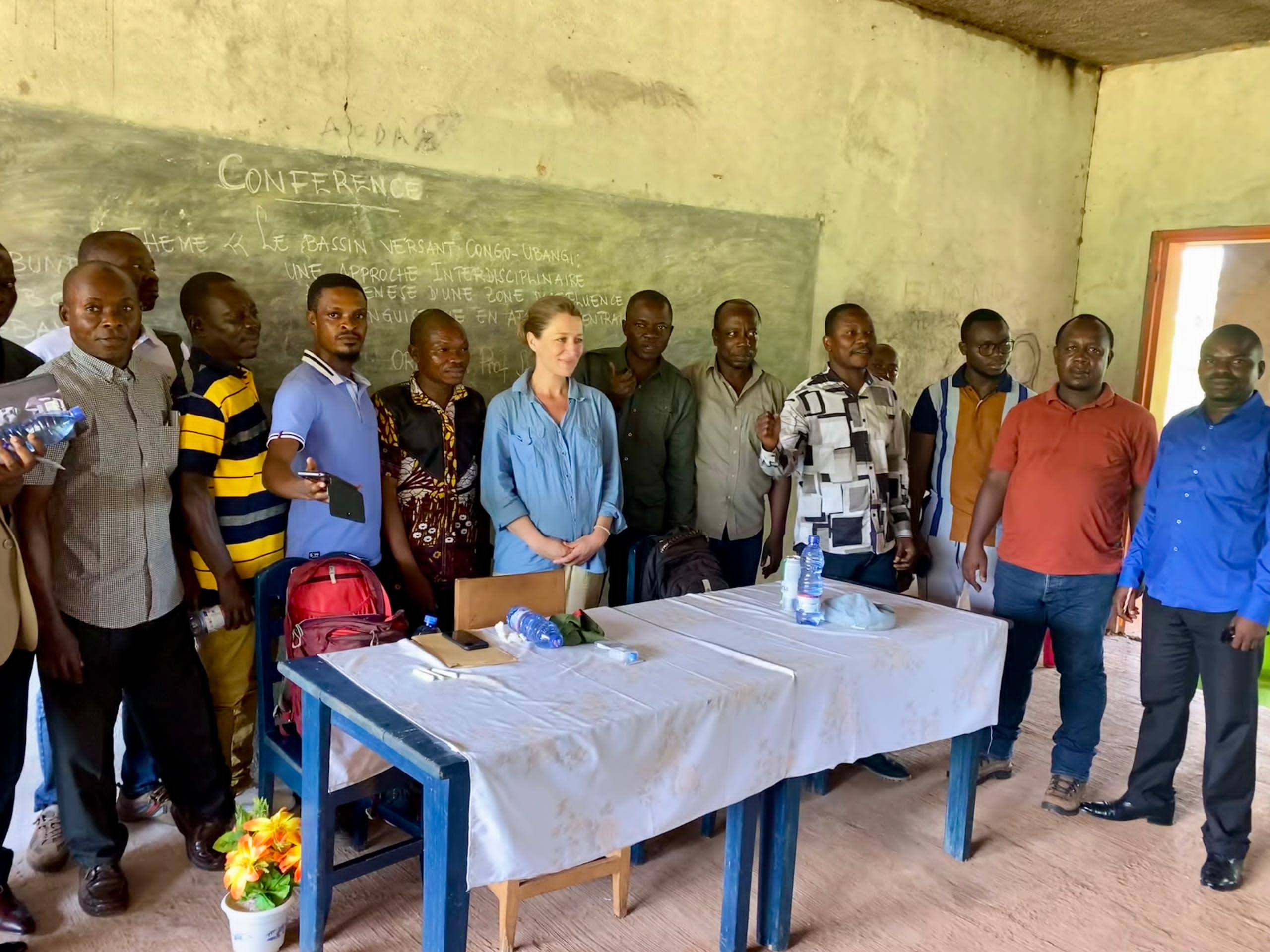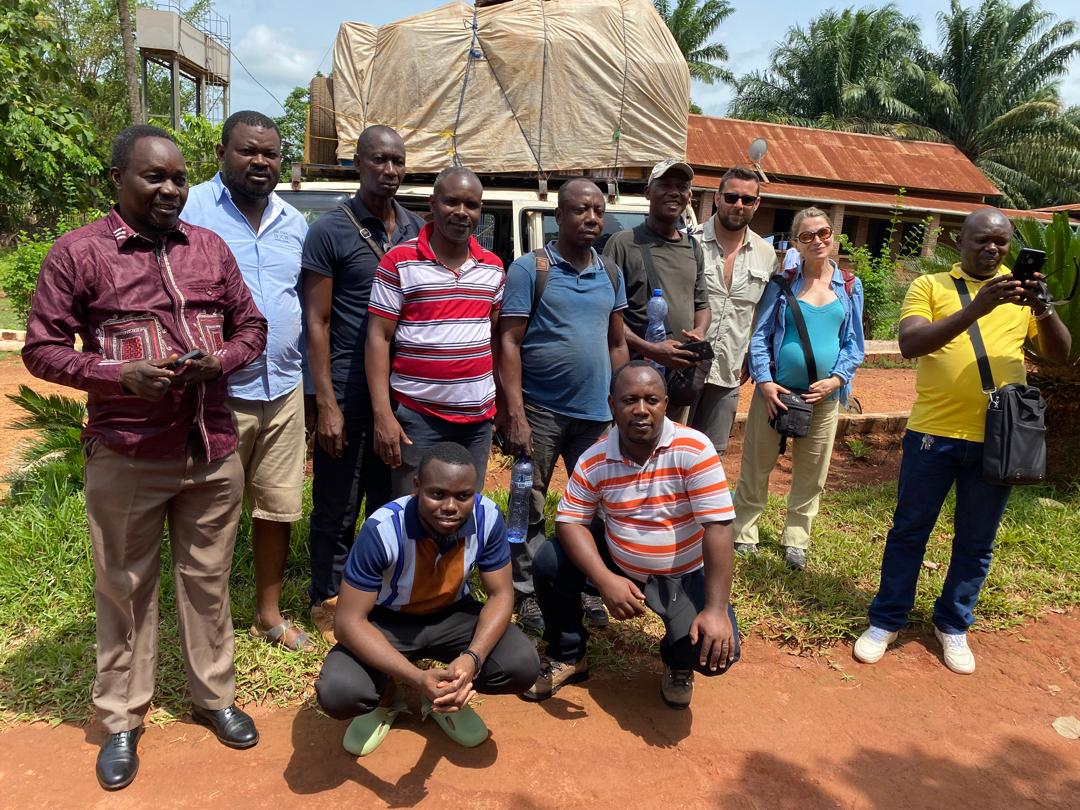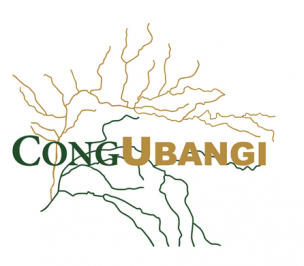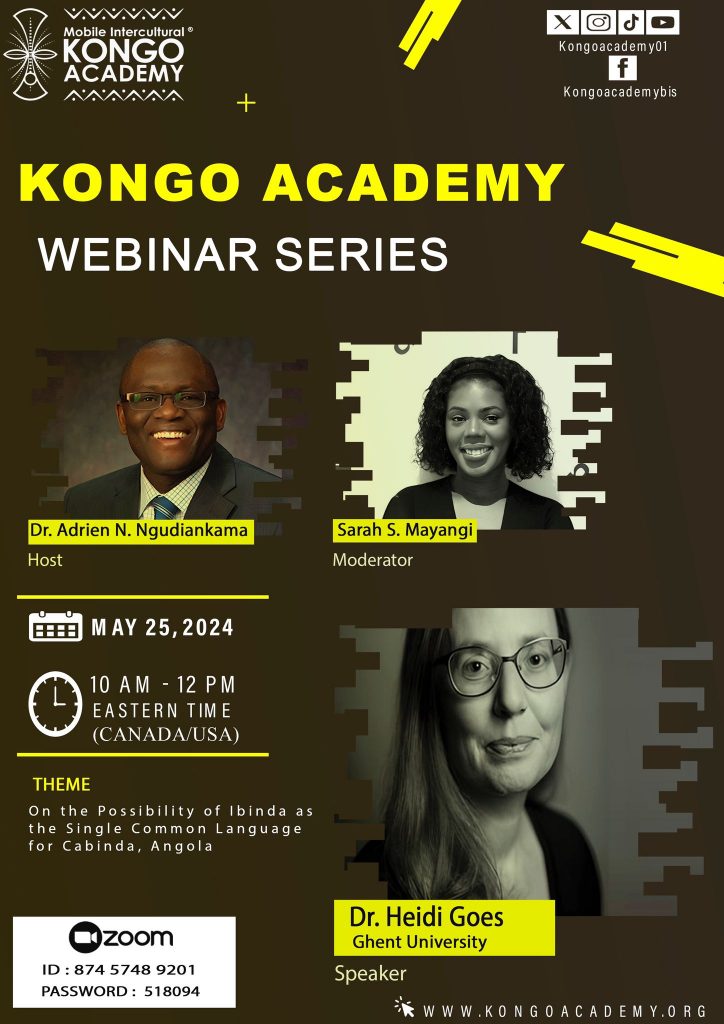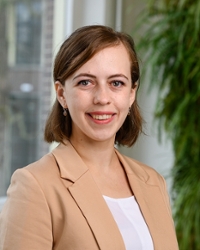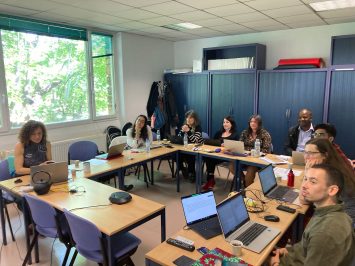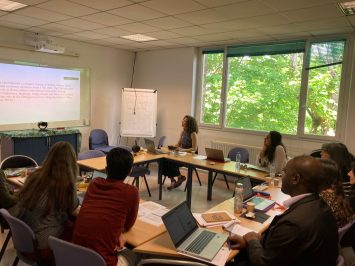The 10th International Conference on Bantu Languages (Bantu10) was held at the Dar es Salaam University College of Education (DUCE), Tanzania on August 12-14, 2024. Among many others, the program included eleven talks involving BantUGent people (bolded), including a keynote talk opening the conference.
- “Swahili impact in the strong necessity domain” by Rasmus Bernander, Gilles-Maurice de Schryver, Maud Devos, Ponsiano Kanijo
- “Reconstructing the Bantu Expansion: Do linguists still matter?” by Koen Bostoen (keynote talk)
- “Proto-West-Coastal Bantu personal and possessive pronouns: Morphological reconstruction and low-level subgrouping” by Koen Bostoen, Sara Pacchiarotti and Heidi Goes
- “Imagined Language Unity versus Observed Language Diversity in Cabinda” by Heidi Goes and Koen Bostoen
- “The development of lateral obstruents in Southern Bantu: A comparative diachronic study” by Hilde Gunnink and Nina van der Vlugt
- “The genealogy of Yeyi (R41): an only child in Eastern Bantu” by Hilde Gunnink, Natalia Chousou-Polydouri and Koen Bostoen
- “Labial-velar stops in Sakata: phonology, acoustics, aerodynamics” by Lorenzo Maselli
- “Early Bantu loans from and into Cushitic” by Maarten Mous and Nina van der Vlugt
- “Language contact in the Lower Zambezi River at the origin of Chikunda: Bantu Spirantization as a diagnostic case study?” by Edward Ntonda, Rozenn Guérois and Koen Bostoen
- “On the polyfunctional nature of the verbal prefix ka- in Chikunda” by Rozenn Guérois and Aron Zahran
- ““Nothing is in vain”: Non- standard negation in Central Tanzanian Bantu.” by Aron Zahran
